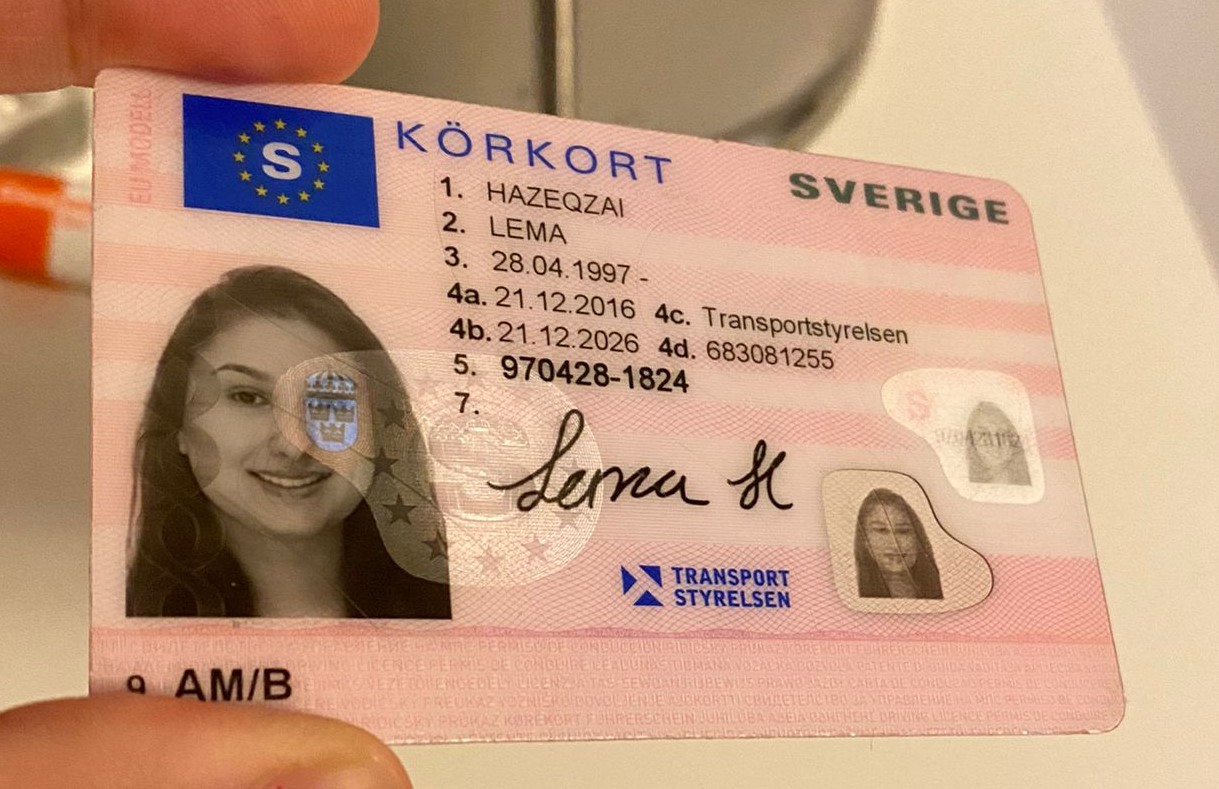The Reasons Address Transportstyrelsen Is Harder Than You Think
페이지 정보
작성자 Randy 작성일 25-07-10 07:04 조회 44 댓글 0본문
Understanding Transportstyrelsen: Sweden's Transport Agency
Transportstyrelsen, or the Swedish Transport Agency, plays a crucial role in the management and policy of different transportation sectors within Sweden. Accountable for making sure safe, efficient, and sustainable transportation systems, this firm manages a large selection of transportation modes, consisting of roadway, rail, air travel, and maritime. This article explores the company's structure, functions, policies, and influence on the Swedish transportation landscape.
Introduction of Transportstyrelsen
Established mostly to improve the management of the transport sector, Transportstyrelsen consolidates numerous roles connected to traffic security, facilities, and ecological impact. The firm runs under the Ministry of Infrastructure and operates in partnership with local federal governments, personal sector stakeholders, and international organizations.
Secret Functions of Transportstyrelsen
Transportstyrelsen's responsibilities include a broad scope, which can be summed up as follows:
Regulatory Framework Development
- Establish guidelines and requirements for all transport modes.
- Screen compliance and enforce applicable laws and instructions.
Licensing and Registration
- Handle the licensing procedure for drivers and transport organizations.
- Maintain a detailed database of authorized cars and airplane.
Traffic Safety Promotion
- Conduct research and gather data on transportation security.
- Carry out campaigns targeted at increasing public awareness about traffic security.
Sustainability Initiatives
- Promote eco-friendly transport options.
- Encourage the adoption of electric and alternative fuel automobiles.
International Collaboration
- Engage with other European and international transportation authorities.
- Take part in initiatives focused on harmonizing transportation regulations across borders.
Organizational Structure
Transportstyrelsen is organized into numerous departments, each concentrating on particular transportation modalities:
- Road Traffic Department
- Railway Department
- Maritime and Air Traffic Department
- Environment and Sustainability Department
- Financial Analysis and Strategy Department
This structure permits specialization and focused efforts in managing the varied aspects of transport within Sweden while guaranteeing that all departments work collaboratively towards typical objectives.
| Department | Key Responsibilities |
|---|---|
| Roadway Traffic Department | Handles chauffeur licensing, automobile registration, and roadway safety policies. |
| Train Department | Oversees train security, infrastructure development, and service quality. |
| Maritime and Air Traffic Department | Manages shipping and air travel, b96 Husbil making sure compliance with safety requirements. |
| Environment and Sustainability Department | Addresses transport-related environmental concerns and promotes sustainability practices. |
| Economic Analysis and Strategy Department | Carries out economic analyses to notify policy and method on transportation initiatives. |
Impact on the Swedish Transport System
Transportstyrelsen's impact on the Swedish transport system is extensive. The firm's regulations and policies shape the security, efficiency, and environmental impact of transport in Sweden. Key contributions include:
- Enhanced Safety Standards: By setting rigid safety guidelines and continuously keeping track of compliance, the firm helps lower mishap rates and improve total road, rail, and air safety.
- Promo of Public Transport: Through financial investments and support for public transport systems, the firm motivates a shift from private automobile reliance to more sustainable and eco-friendly transport modes.
- Assistance for Innovations: The agency cultivates development in the transportation sector by supporting brand-new technologies such as electrical cars and clever traffic systems, intending to satisfy both existing and future challenges in transport logistics and environmental management.
Guideline Compliance
To ensure compliance with Transportstyrelsen's policies, stakeholders in the transport sector should abide by various standards and requirements. This consists of obtaining essential licenses, going through examinations, and sending reports on security performance.
Important Compliance Areas
- Motorist Licensing Requirements
- Car Inspection Standards
- Safety Protocols for Transport Operations
- Ecological Regulations for Vehicle Emissions
- Functional Standards for Public Transport Services
Infractions of these guidelines can lead to considerable charges, consisting of fines and the cancellation of permits or licenses.
Frequently Asked Questions (FAQs)
What is Transportstyrelsen?Transportstyrelsen, or the Swedish Transport Agency, is the government authority accountable for controling all elements of transportation in Sweden, consisting of roadway, rail, maritime, and air travel sectors. How does Transportstyrelsenguarantee safety in transportation?The agency develops and implements guidelines, conducts research, and carries out safety campaigns to promote safe transport practices among all road users. What types of vehicles does Transportstyrelsen regulate?Transportstyrelsen manages a broad range of lorries, consisting of guest cars and trucks, business automobiles, motorbikes, airplane, and maritime
vessels. How can I contact Transportstyrelsen?Transportstyrelsen can be contacted via their main website where numerous resources, contact information, and types for inquiries are supplied.
Exists an appeal process for licensing choices made by Transportstyrelsen?Yes, people and companies can appeal decisions made by Transportstyrelsen relating to licenses and guidelines as outlined in their official
standards. Transportstyrelsen is an integral part of Sweden's transportation landscape, making sure that the systems in location are not just effective and efficient however also safe and ecologically conscious. Its complex obligations,
from policy to public safety, develop a structure that benefits both the Swedish population and the more comprehensive transportation network. Comprehending Transportstyrelsen's roles and functions assists stakeholders browse the intricacies of the transport sector, cultivating compliance and promoting developments required for future sustainability.
- 이전글 It's Time To Expand Your Integrated Oven Options
- 다음글 The 9 Things Your Parents Teach You About Folding Scooter Mobility
댓글목록 0
등록된 댓글이 없습니다.

